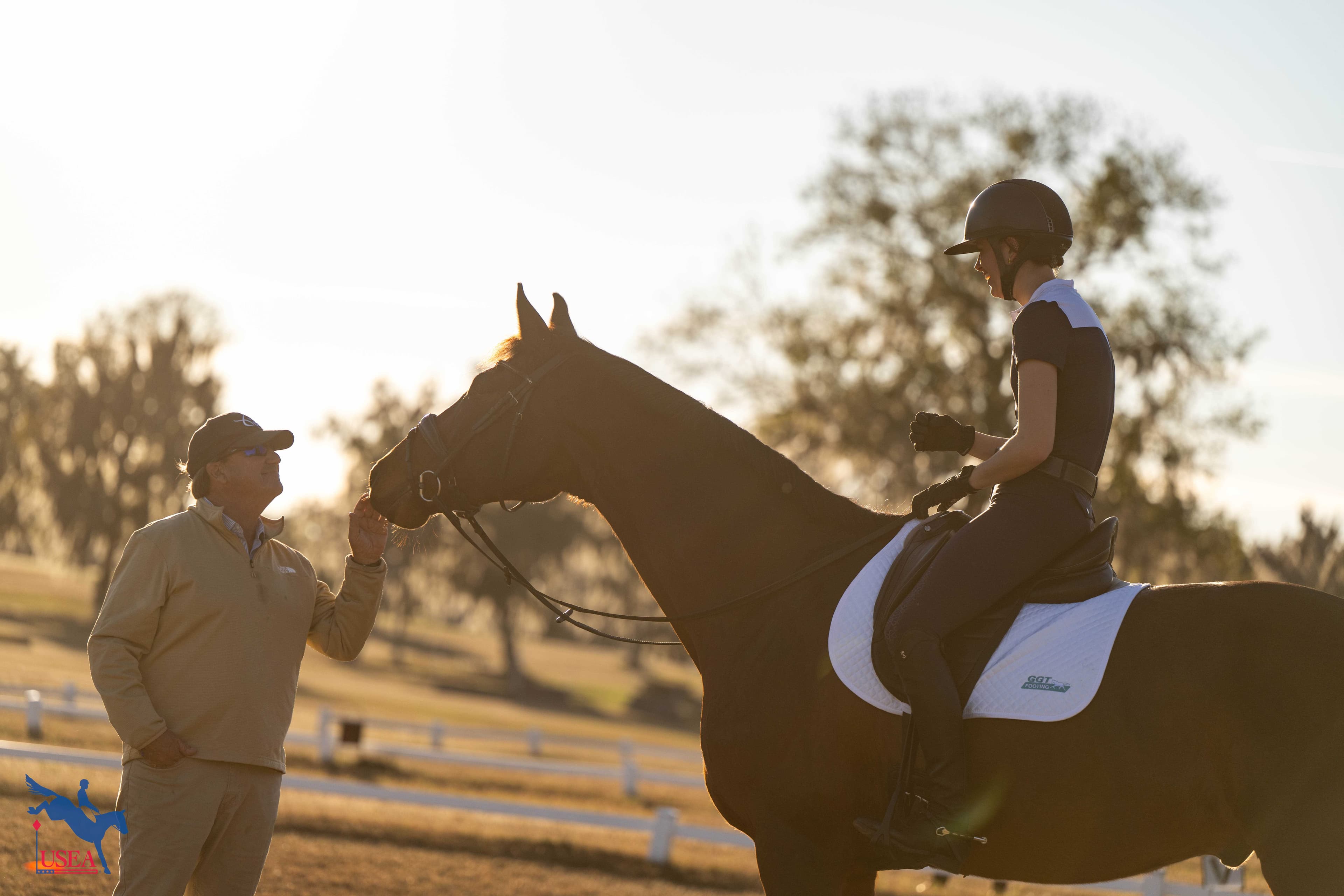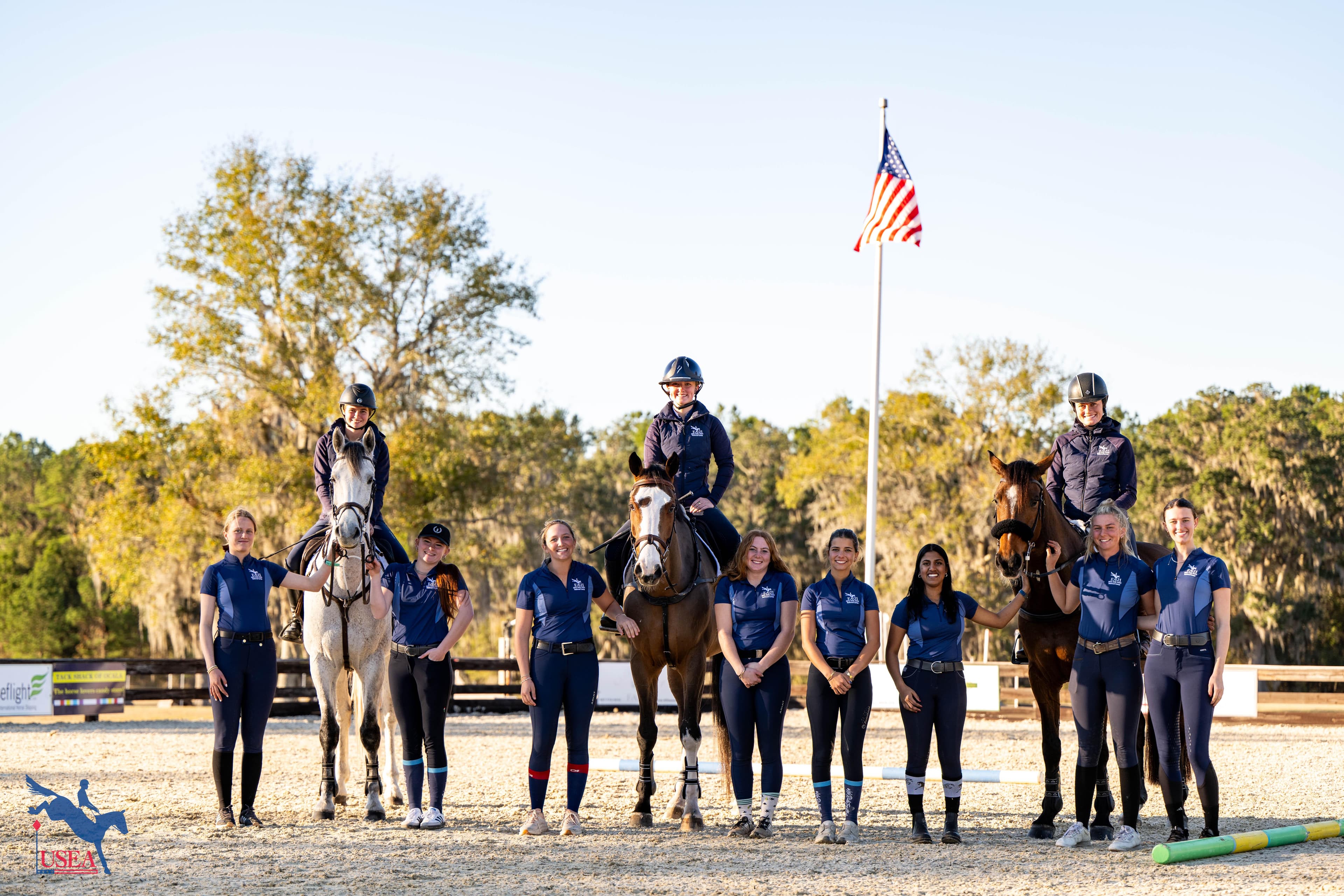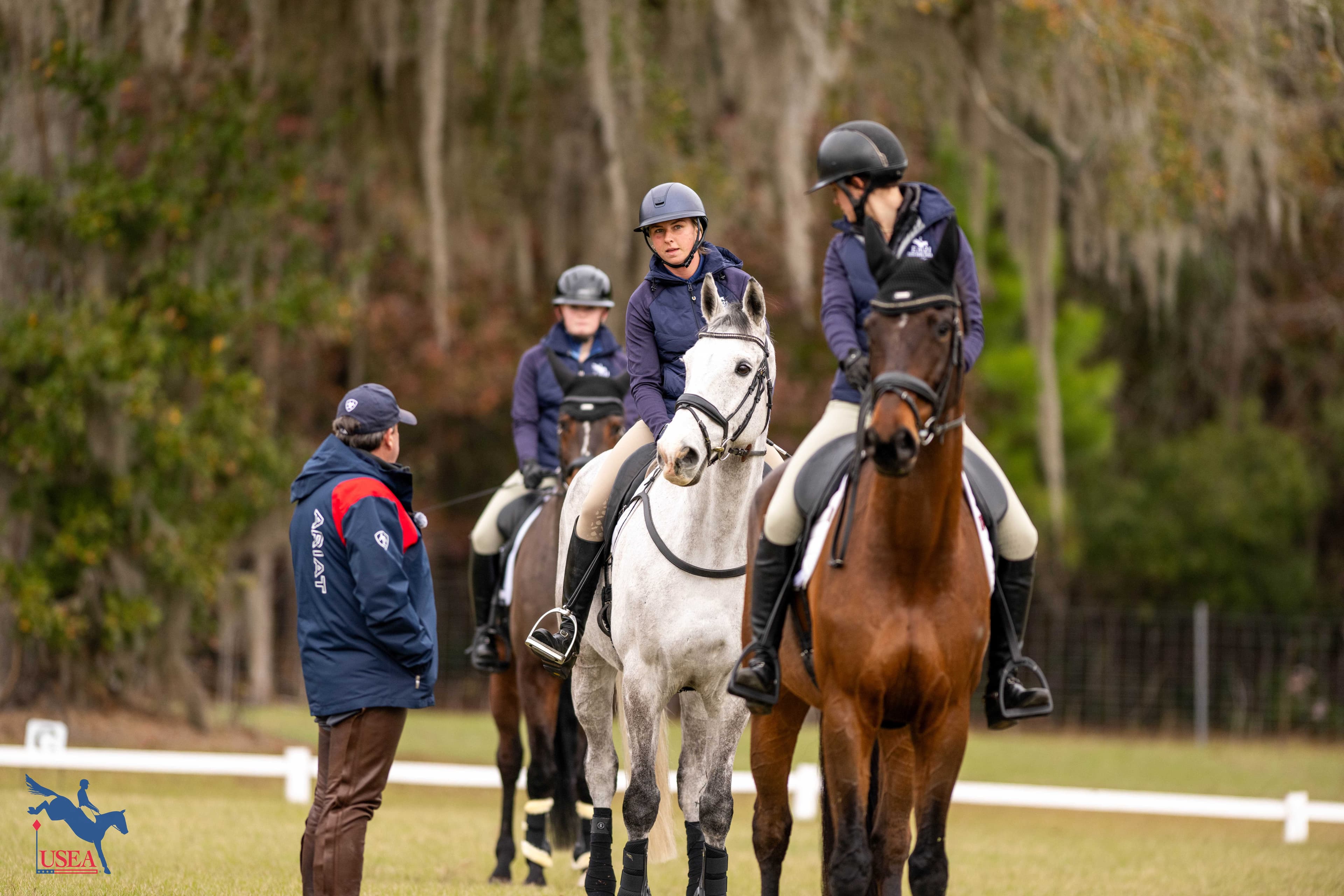Homecoming: Horses Once a Staple in Versailles Life, Now Again Honored at the Palace
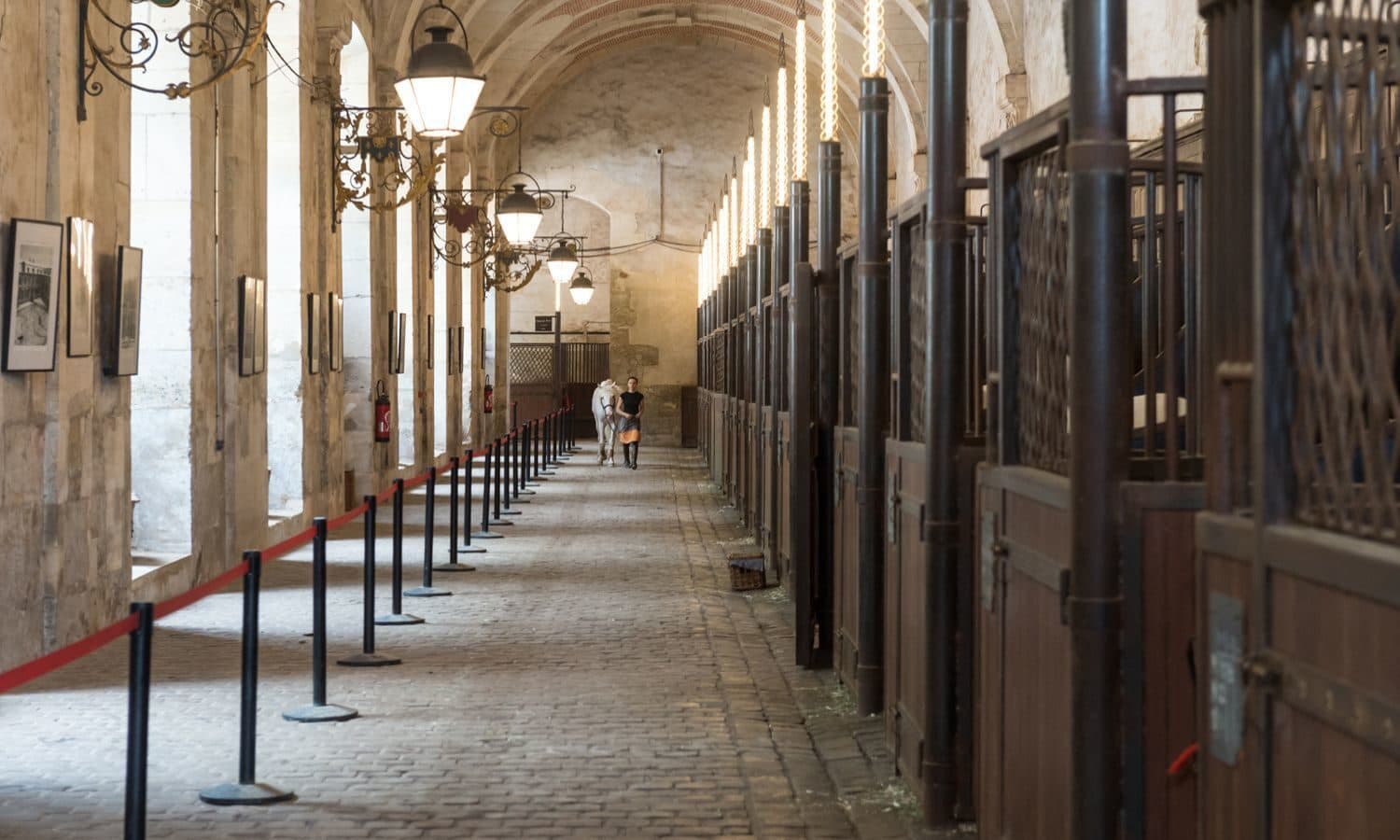
At first, the Palace of Versailles seems simply a beautiful backdrop for the equestrian events at the 2024 Summer Olympics, a similar choice to the location of the Longines Paris Eiffel Jumping. But the truth runs so much deeper than the Palace’s iconic beauty.
In the book of Versailles, the Olympics are adding a new chapter onto a history characterized by hoof beats. While they have recently faded into the background of palace life, horses were once a staple within its daily routine and were a symbol of the power of the French monarchy. The two stables at the Palace of Versailles, the Great and Small Stables, were known as the greatest royal construction project for housing horses ever undertaken at the time. They took three years to complete—between 1679-1682.
The brainchild of architect Jules Hardouin-Mansart and built for King Louis XIV, the two stables could house a total of 600 horses in stalls measuring 1.30 meters (or roughly four-and-a-quarter feet) wide. It’s safe to say these stalls were designed for standing room only. Positioned directly opposite the Palace, the location of the stables displays just how important these horses were.
The Great and Small Stables were named not for the size of the buildings, but for the purpose of the horses housed within. The Grand Equerry, who ran the Great Stables, managed the care of all of the King’s personal horses and was in charge of the operations of the equestrian academies, where the princes and other royal children were taught to ride. Living within the Great Stables were the hunters—horses trained for war and, of course, hunting—as well as the riding school horses.
Unlike the Spanish Riding School with its preference for PRE (Pura Raza Española) horses, the nearly 300 riding school horses at the Palace of Versailles came in many shapes and sizes. Per the Château de Versailles, “Their coats were of all types of colours, and three-quarters of them came from abroad: England, Ireland, Spain, North Africa and northern Europe. In his description sommaire de Versailles [brief description of Versailles] Félibien wrote that ‘in the stables at Versailles alone you see what you could not hope to see anywhere else except on long journeys, an admirable and elite collection of horses.’ ”
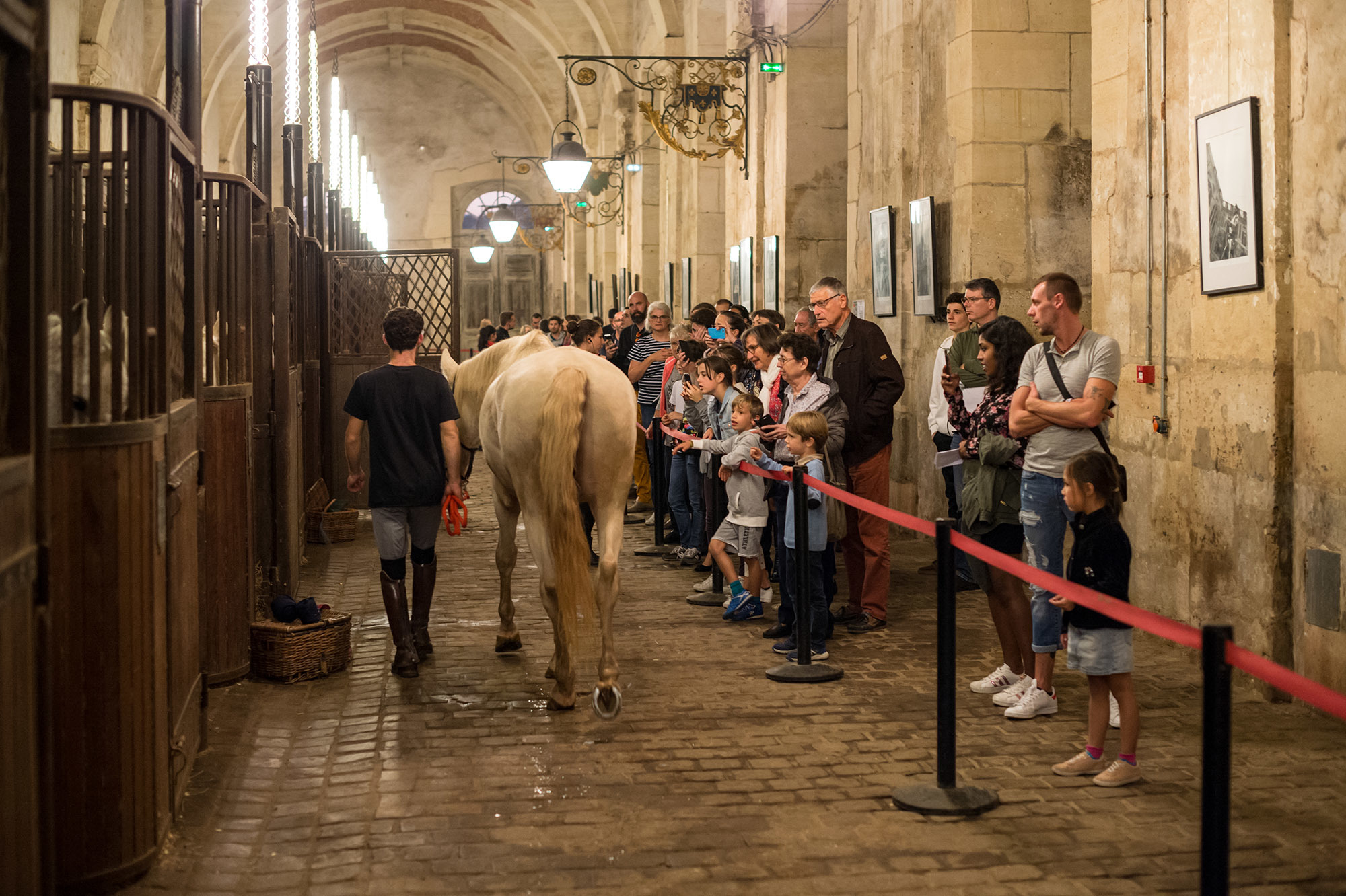
The adjacent Small Stables housed horses more generally used, as well as the horses for the Royal carriages. Run by the First Equerry, the Small Stables didn’t just house horses, but was also home to royal coaches, sleds, and gondolas.
On the death of Louis XV in 1787, the Royal Stables combined housed an overwhelming number of over 2,000 horses. A portion of the horses were then moved to other royal residences or in other locations in Versailles. Over 1,500 men worked in the Royal Stables, including blacksmiths, grooms, saddlers, coachmen, squires, pages, and even horse surgeons.
During the “ancien Regime,” as the French call it, the King’s ability as a horseman was considered a direct reflection of his ability to lead the country, which is why many kings during this time period were pictured astride horses in art and literature. On average, the Bourbon Kings (a dynasty of kings who ruled France in the 16th century) went hunting between 150 and 180 times per year.
King Louis XV alone had 26 hunters at his disposal for this purpose. When hunting, he would bring several horses with him and would change mounts a number of times depending on what game he was hunting. This was specified by the Chateau de Versailles as “four times when hunting stag, three times for boar, twice for deer.”
The horses were also used for “tilting at the ring,” where riders would have three chances to gallop at full speed and attempt to thrust a lance through a small hanging ring. In 1685 and 1686, the royal horses were also used for carousels in the Great Stables, consisting of performances that combined fencing, ballet, and horsemanship in one consummate spectacle. According to The Morgan Library & Museum, “A carousel was an event of elaborate horsemanship with spectacular costumes. Performances often carried a storyline and functioned as a form of equestrian ballet.”
Moving into the 18th century, the Royal stables led the rise of a new style of horsemanship, characterized by “sensitivity and kindness rather than coercion and brutality in the relationship between the rider and horse.”
These new methods of horsemanship were led by the equerries at the Versailles riding school, mainly Duplessis, Des Nos, Saunier, Nestier, and La Bigne. These horsemen had to have the trust of the King, as they worked directly with and were responsible for the training of the King’s horses. On top of these duties, they also trained the young noblemen who enrolled in the Pages’ School for a gentleman’s education prior to joining the army.
As the years went by, the role of horses at the Palace of Versailles changed. Becoming less and less integral in daily life with the rise of the automobile, the horses of Versailles began to slowly fade into the background. Their last integral role at Versailles was not connected to their centuries of royal service, but instead to their close ties to the military.
After the Royal family left the Palace in 1789, the equerries, grooms, and stable boys continued to manage the horses, which numbered about a hundred by 1792. The focus of the Royal Stables turned to training equestrians for the cavalry. The Versailles Riding Arena became the “School of Instruction for Mounted Troops” in 1810. The French cavalry was housed in the Great and Small Stables between 1830 and until the Second World War.
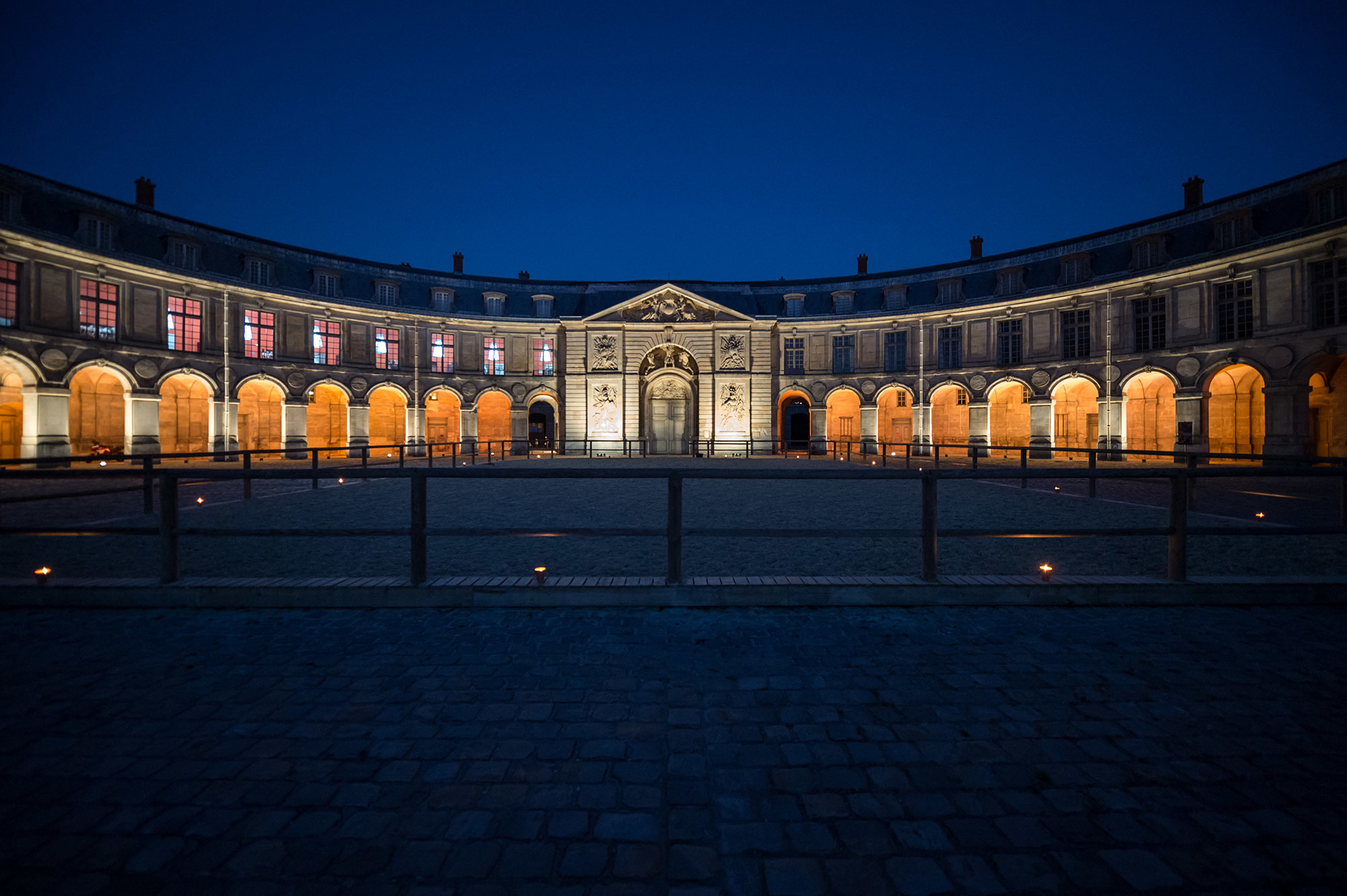
The French cavalry may have trained on the grounds of Versailles in the 19th century, but on the eve of World War II, the Palace and grounds were described as a ghost town. Stripped of its valuables in preparation for the onslaught of the German army, “On 13 June 1940 on the eve of the German troops’ arrival, a mere four men stood watch over a now unrecognizable Versailles.”
By the 21st century, the Royal Stables housed a mere fraction of the horses that once called it home during the reign of the Sun King. No longer integral to daily or royal life, the stables sat horse-less until 2003. “Today the Royal Stables are home to collections and different establishments such as the National School of Architecture of Versailles, and part of the Centre for research and restoration of the museums of France, and the Equestrian Academy of Versailles. Visitors can visit the Gallery of Coaches in the Great Stables and the Sculptures and mouldings gallery in the Small Stables.”
In 2003, the National Equestrian Academy was created by Bartabos, the founder and director of the Zingaro Equestrian Theater. Just as the grand carousels were performed for the Royal Family in the 17th century, Bartabos and the National Equestrian Academy now host grand performances combining dressage, dance, music, fencing and visual art. At its founding, the Academy had 10 students and 28 cream-colored, blue-eyed Lusitanos, chosen in honor of King Louis XIV, who favored the color and breed.
The riders and horses of the Academy still train on the grounds of Versailles. According to an AP News article, “Almost every day at dawn, they enjoy the quietness and splendor of the grass lawns and woods of the park of the Versailles Palace, before thousands of visitors from across the world spread in.”
Many hooves have galloped across these manicured lawns, in times of war, in times of peace. If you’re lucky enough to watch the Olympics in person this July, remember that the Palace of Versailles is more than just a pretty backdrop. Hosting the Olympics at the iconic venue is a way to honor the horses that were so integral to life at the Palace from the very start. When you hear the hoofbeats of the best horses in the world this coming, know that it’s an echo of all those horses who came before them.

